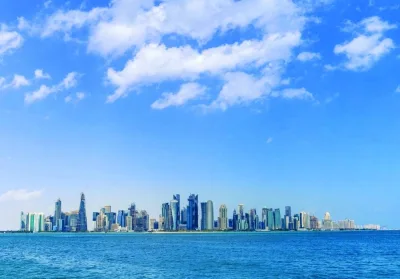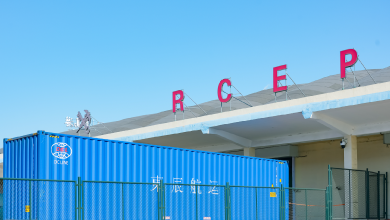Capital Intelligence affirms Qatar’s rating, outlook remains ‘stable’

[ad_1]

The ratings by Capital Intelligence reflect Qatar’s very strong external balances and budgetary performance, supported by still favourable liquefied natural gas prices
The ratings reflect Qatar’s very strong external balances and budgetary performance, supported by still favourable liquefied natural gas (LNG) prices.
The ratings factors the country’s capacity to absorb external or financial shocks given the large portfolio of foreign assets held by the Qatar Investment Authority (QIA) and consequent comfortable net external creditor position when including these assets.
The ratings continue to be supported by substantial hydrocarbon reserves, expanding LNG (liquefied natural gas) production and export capacity, and very high GDP (gross domestic product) per capita, as well as high and increasing official foreign reserves.
Qatar’s financial buffers remain large, benefitting from still favourable hydrocarbon prices, it said.
Very large budget and current account surpluses have contributed to a very high net asset position, with QIA’s total assets estimated at around 175.3% of projected GDP and 163.4% of gross external debt this year – although an assessment of the quality and liquidity of these assets is hindered by limited transparency.
Highlighting that the public finances remain strong, CI said the central government budget position is expected to post a very high surplus of 4.6% of GDP in 2024 against 4.8% in 2023.
“Moving forward, the budget surplus is expected to average at 4.1% of GDP in 2025-26, supported by an expected increase in LNG production capacity from the North Field and consequently, a lower fiscal breakeven hydrocarbon price,” it said.
While the reliance on hydrocarbon revenues remains a rating constraint, the sovereign has ample leeway to respond to severe fluctuations in hydrocarbon prices given the size of fiscal buffers and the degree of expenditure flexibility.
The central government deposits stood at 13.2% of GDP in May 2024, while total government and government institution deposits in the domestic banking system alone were around 42.2% of GDP.
According to CI, gross central government debt (including short-term treasury bills and bank overdrafts) is expected to decline further to 41.8% of GDP (144.7% of revenues) in 2024, from 44% in 2023 (147.4%), reflecting nominal GDP growth and a large primary budget surplus.
The rating agency expects debt dynamics to remain favourable in the medium term, resulting in a further decrease in the central government debt-GDP ratio to 39.1% by 2026.
Finding that external finances as “very strong”, CI said the current account is slated to remain in a very large surplus of 13.2% of GDP in 2024 compared to 15.5% in 2023.
The rating agency expects the current account to average at a very high – albeit narrowing – surplus of 10.3% of GDP in 2025-26, reflecting its expectation of a slight decline in hydrocarbon prices in the medium term. As a percentage of GDP, gross external debt is expected to decrease further to 107.4% in 2024 (from 114.3% in 2023).
It is, however, projected to increase slightly to 181.5% of current account receipts (CARs) in 2024, against 179.6% in 2023, reflecting declining hydrocarbon exports.
Official foreign exchange reserves rose to $68.3bn in May 2024 from $67.4bn in December 2023.
(Ends)
[ad_2]
Source link






